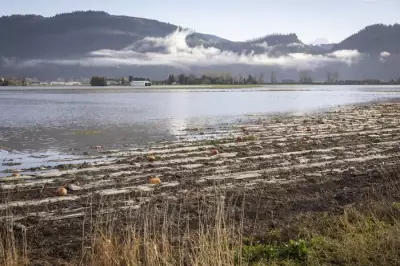
Wildlife authorities are sounding the alarm as a dangerous avian influenza strain has been confirmed in sick Canada geese arriving in El Dorado County with seasonal migration patterns. The discovery marks a significant development in North America's ongoing battle against Highly Pathogenic Avian Influenza (HPAI).
Migration Brings Unexpected Danger
The annual migration of Canada geese, typically celebrated as a natural spectacle, has taken a concerning turn this season. Wildlife experts have identified multiple cases of bird flu among the migrating flocks, confirming that the virus is traveling along migratory pathways into new territories.
"The arrival of infected migratory birds poses a serious threat to local wildlife and domestic poultry operations," explained Dr. Sarah Chen, a wildlife disease specialist. "These geese act as natural carriers, spreading the virus across vast distances during their seasonal movements."
What This Means for Local Communities
The confirmation of avian influenza in migratory Canada geese raises several immediate concerns:
- Poultry Farm Vulnerabilities: Commercial and backyard poultry operations face increased risk of exposure
- Wildlife Conservation: Native bird populations could experience significant die-offs
- Public Safety: While human transmission risk remains low, precautions are necessary
- Economic Impact: Potential trade restrictions and monitoring requirements
Protective Measures Recommended
Wildlife officials are urging residents to take specific precautions to minimize spread:
- Avoid direct contact with sick or dead wild birds
- Report unusual bird deaths to local wildlife authorities
- Keep domestic poultry separated from wild bird habitats
- Practice strict biosecurity measures around bird feeders
- Clean and disinfect footwear after visiting areas with waterfowl
Broader Environmental Implications
The situation highlights the complex relationship between wildlife migration patterns and disease transmission. Climate change and habitat disruption may be influencing traditional migration routes, potentially bringing infected birds into closer contact with human populations and domestic animals.
Wildlife rehabilitation centers in the region have implemented enhanced quarantine protocols and are working closely with state and federal agencies to monitor the situation's evolution.
Experts emphasize that while the current risk to human health remains low, vigilant monitoring and rapid response are crucial to preventing wider ecological and economic consequences.





